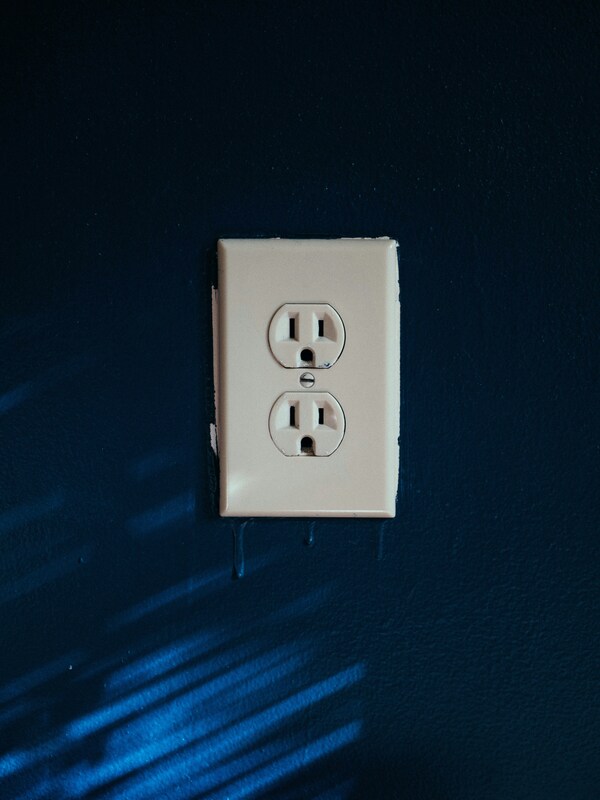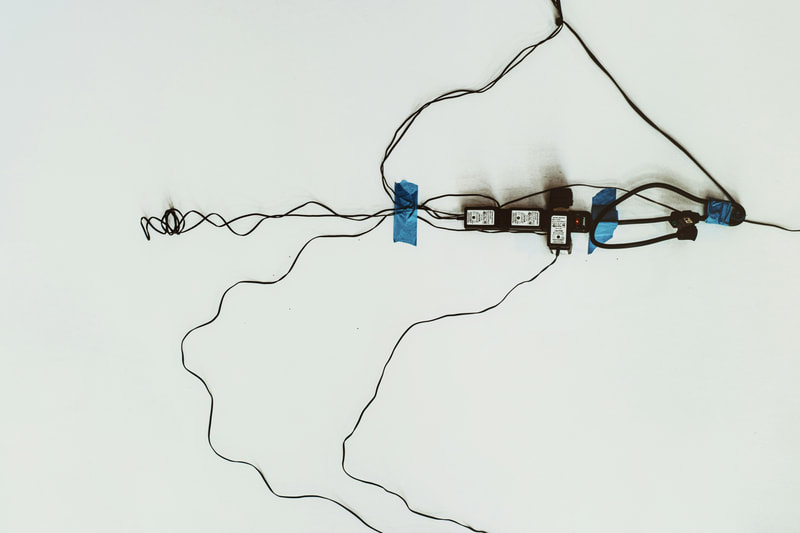|
Plastic Expansion Plugs (Standard)
Cavity Wall Anchors (Hollow Wall Plugs)
|
Hammer-In Plugs
Frame Fixings
Universal Plugs
|
Chemical Anchors (Resin Fixings)
Self-Drilling Plasterboard Anchors
Sleeve Anchors
- Best for: Heavy loads in masonry or concrete
- How they work: Resin is injected into the hole before inserting a threaded rod or rebar
- Advantage: No expansion pressure; ideal for fragile substrates
Self-Drilling Plasterboard Anchors
- Best for: Light to medium loads in drywall
- Material: Metal or plastic
- How they work: Screw in directly without pre-drilling; wide thread grips drywall
- Note: Can be reused
Sleeve Anchors
- Best for: Concrete and brick
- How they work: Sleeve expands outward when the bolt is tightened
- Often used for: Heavy-duty applications
✅ Check Load Requirements
✅ Match Plug and Screw SizesWall plugs come in specific sizes (often metric), and must match the screw diameter and wall hole size:
🛠️ Installation Tips
🔍 Common Mistakes to Avoid
- Light-duty (up to 10kg): Plastic plugs, self-drilling drywall anchors
- Medium-duty (10–25kg): Metal anchors, toggle bolts
- Heavy-duty (25kg+): Sleeve anchors, chemical anchors
✅ Match Plug and Screw SizesWall plugs come in specific sizes (often metric), and must match the screw diameter and wall hole size:
- Example: A 6mm plug typically uses a 4–5mm diameter screw
🛠️ Installation Tips
- Drill the correct hole size — too tight, plug won’t fit; too loose, plug won’t hold
- Use the right drill bit for the wall type (masonry bit for brick/concrete, wood bit for timber)
- Clean the hole of dust for a firm grip
- Insert plug fully flush with wall surface
- Use appropriate screw length — long enough to reach deep into the plug but not overly long
🔍 Common Mistakes to Avoid
- Using plugs in crumbling walls — they won't hold
- Choosing a plug too small or too short
- Not matching screw to plug size
- Using wall plugs in soft wood (screws work better directly)
- Over-tightening screws, causing plugs to spin or break



